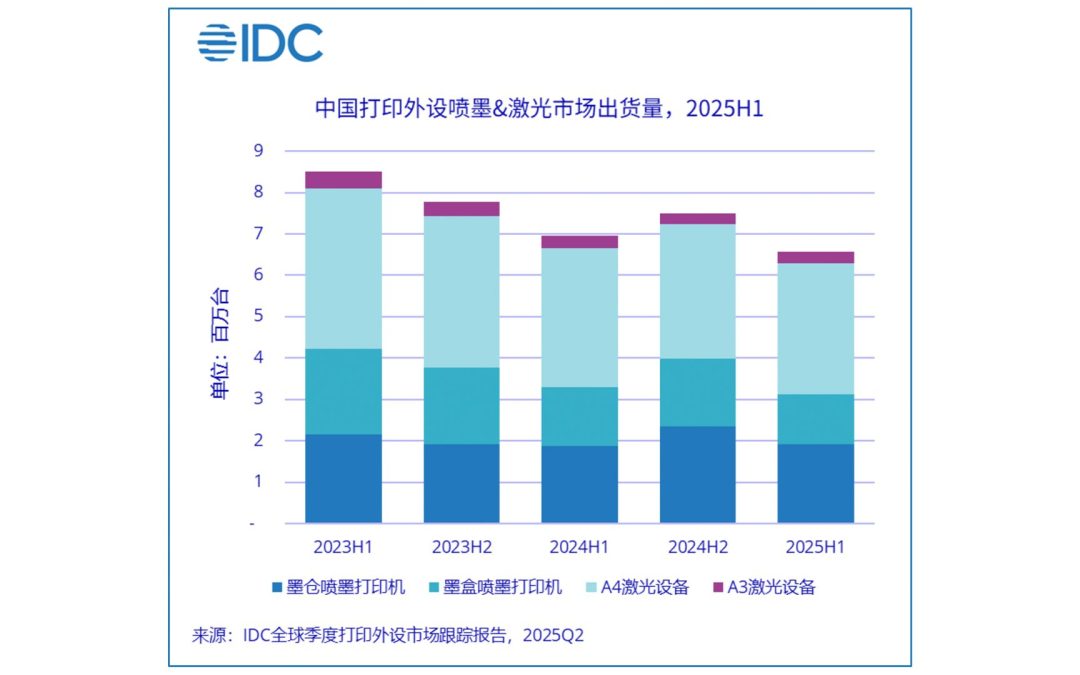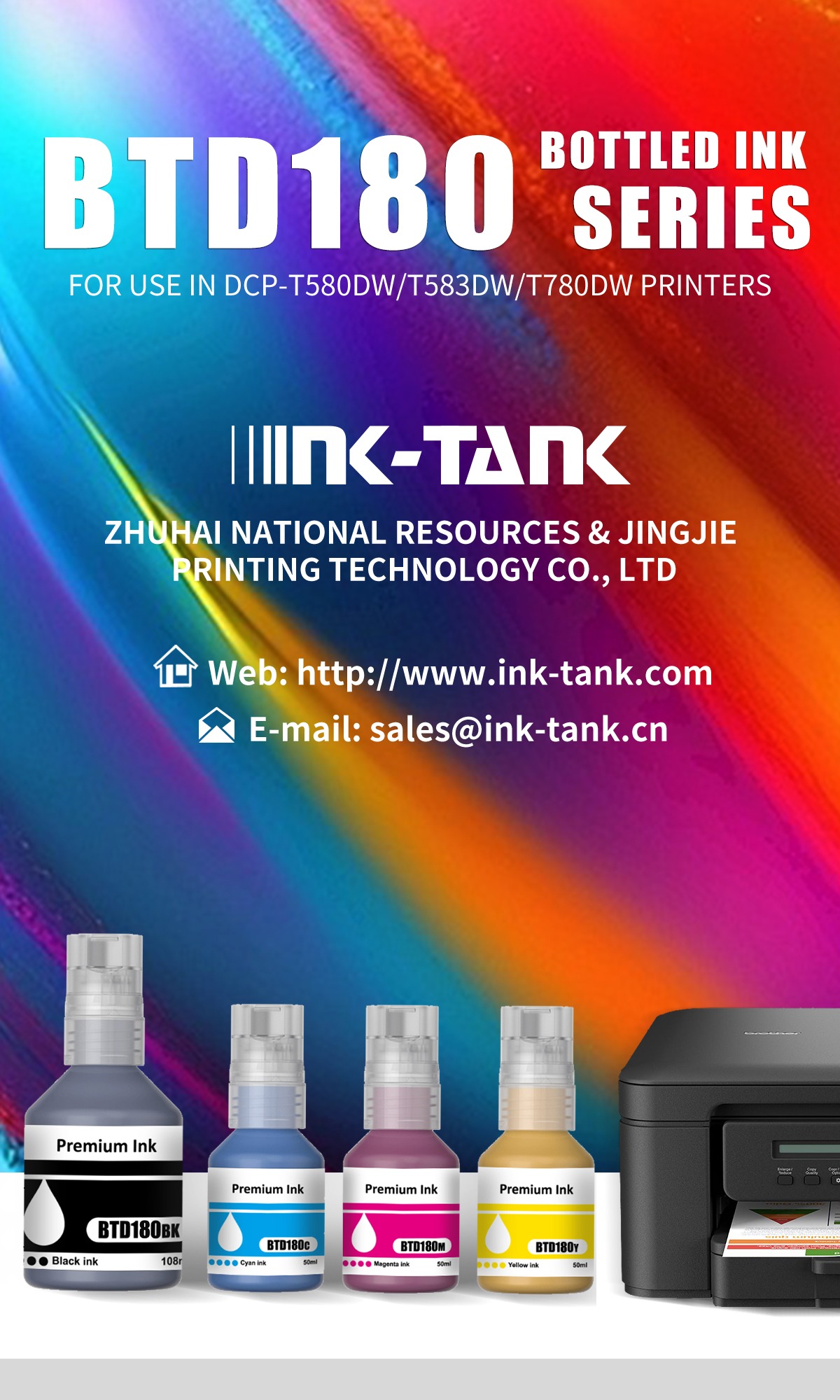
(Source: Chenfeng Ke)
Researchers from Dartmouth have managed to develop a 3D printing ink that can respond to stimuli in the environment.
As 3Ders reports, the team of scientists, led by chemistry professor Chenfeng Ke of the Ke Research Group, has created “an innovative new 3D printing material.”
This material is a 3D printing ink which can respond to environmental stimuli, meaning it could be used for the creation of 4D printed objects.
The Dartmouth researchers conducted their study in collaboration with scientists from both Northwestern University and the University of Texas.
This new ink is in line with the Ke Group’s focus on “developing smart materials for 3D and 4D printing applications”, and “enables the production of items that will change their properties in response to heat or other chemicals”.
”When we talk about 3D printing, we can control the x, y and z axes,” said Longyu Li, lead author of the paper. ”Now we can control the size, colour and also the response of the object after printing. It’s a living system…Right now, people want things that respond to the information you give them. For example, people like artificial intelligence because it’s responsive, so the same thing happens in chemistry.”
Li went on to reveal that this method means that a 3D printer worth $1000 (€855) could be used to print objects which would normally require the use of a much more valuable printer, costing a hundred times more money.
This new innovation would have a wide variety of applications in many different disciplines and could be particularly useful for “fields such as engineering, as well as in bio-medical science.” It could be utilised to “put together all kinds of medical devices”, including those that “would respond to chemical triggers from certain areas of the body”.
”The brain processes a lot of information that elicits a response in the human body,” Ke said. ”We want to mimic those processes at a very low level … with the creation of smart materials that mechanically respond to external stimuli.”



















